Are you asking yourself, “Frozen pipes, what to do?” You’ve come to the right spot. In this guide, we’ll provide you with detailed steps and advice for handling frozen pipes effectively.
As temperatures fall during winter months, homeowners face an ever-present risk: water pipes freezing. While this may seem like just another minor inconvenience, it could potentially have severe repercussions for the plumbing system. Frozen pipes can disrupt your regular water supply, creating significant challenges in carrying out daily household activities that require water.
More alarmingly, when water freezes, it expands, which can cause pipes to burst. A burst pipe can result in extensive water damage in your home, potentially ruining floors, walls, and furniture. It can also lead to the growth of harmful molds.
Furthermore, fixing burst pipes and the resultant water damage can be incredibly costly and time-consuming, often requires hiring a professional plumbing company. Understanding how to deal with frozen pipes is crucial in mitigating these risks.
How Do You Know If Your Pipes Are Frozen?
It’s essential to recognize the signs of frozen pipes early. Here are some indicators:
No Water Flow: A clear sign of a frozen pipe is a significant decrease in water flow or no water flow at all.
Frost on Pipes: Visible frost accumulating on exposed pipes is a common indicator.
Unusual Sounds: Strange noises like clanking or whistling when you turn on the tap can signal that water is struggling to pass through a frozen area.
Cold Temperatures: Water Pipes are more likely to freeze in unheated areas of your home, such as basements, garages, and external walls.
Immediate Steps: What to Do When You Find a Frozen Pipe
Locating the Frozen Section
Inspect Pipes: Carefully inspect exposed pipes in cold areas of your home to locate the frozen section. Look for frost or ice.
Open Faucets: Open the faucet connected to the frozen pipe to relieve pressure and allow water to flow once the ice begins to melt.
Thawing Frozen Pipes
Apply Heat: Utilize a hair dryer, or portable heater to heat the frozen section. Never use open flames.
Warm Towels: Dip towels in hot water and wrap them around the frozen pipe.
Preventive Measures
Insulating Pipes
Use Foam Insulation: Insulate exposed pipes, especially in unheated areas, using foam insulation sleeves.
Seal Cracks and Openings: Seal any cracks or openings in external walls to prevent cold air from reaching pipes.
Keeping the Heat On
Maintain a Consistent Temperature: Keep your home heated to at least 55°F, even when you are not there.
Open Cabinet Doors: Open cabinets under sinks to allow warm air to revolve around the pipes.
Letting Faucets Drip
Allow a Trickle of Water: Let faucets drip slightly during extremely cold weather to prevent water from freezing in the pipes.
Long-Term Solutions
Improving Home Insulation
Upgrade Insulation: Improve insulation in key areas like basements, attics, and exterior walls.
Weatherproof Your Home: Weather stripping and caulk seal drafts around doors and windows.
Installing Pipe Heating Cables
Use Heating Cables: Install heating cables or tapes on vulnerable pipes as an extra layer of protection against freezing.
When to Call a Professional
While several frozen pipe situations can be effectively managed with do-it-yourself methods, certain circumstances necessitate the expertise of a professional plumber. Knowing when to call for an expert burst pipe repair in Alabama is crucial in preventing further damage as well as ensuring the safety of your home’s plumbing system.
Inaccessible Pipes
One of the primary reasons to call a professional is when the frozen pipe is located in an inaccessible area, such as behind a wall, under the floor, or in a ceiling. These situations are not only challenging to diagnose but also require specialized tools and expertise to address without causing additional damage to your property.
No Signs of Thawing
If you’ve attempted to thaw the pipe using recommended DIY methods, but there are no signs of improvement, the water flow hasn’t resumed, or the pipe remains frozen. This is a clear indication that professional intervention is needed. Persistent freezing may point to a more complex issue that requires specialized knowledge as well as equipment to resolve.
Burst Pipes
The most urgent scenario is when a pipe has already burst. A burst pipe can quickly lead to extensive water damage, flooding, and also potential structural damage to your home. In such cases, it’s imperative to call a professional plumber immediately.
They will quickly and efficiently repair the pipe to minimize water damage and help avoid future occurrences. Furthermore, they can offer valuable insights into why the pipe burst and steps that can be taken to prevent similar incidents in the future.
Wrapping Up Our Guide on Frozen Pipes
Dealing with frozen pipes is a challenge, but with the right knowledge and steps, you can effectively manage the situation and prevent future occurrences. Remember to act quickly at the first sign of frozen pipes, and don’t hesitate to seek professional help if the problem is beyond your control. Taking preventive measures before the cold season can reduce the burden of dealing with frozen pipes. Stay warm and stay prepared!
Roto-Rooter plumbers can help you thaw frozen pipes on your commercial as well as residential property with precision. Our experts have several years of experience in this field. Call us today!


